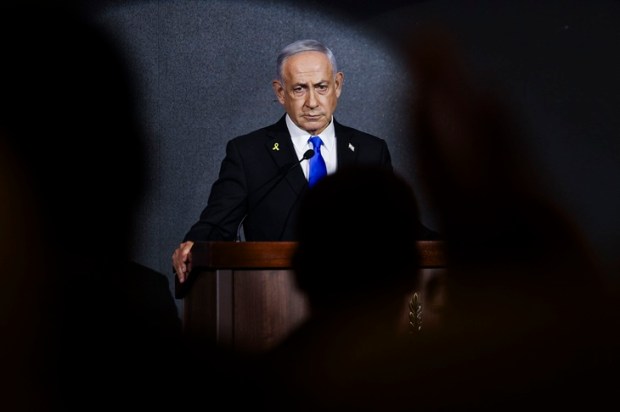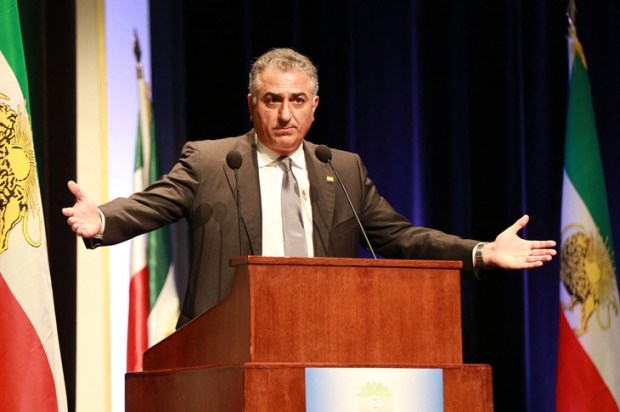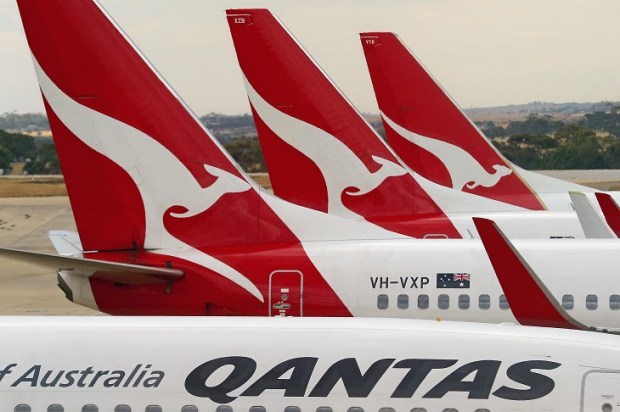The Islamic Museum of Australia (IMA), lavishly funded by state and federal grants, presents an air-brushed fictional picture of Islam to the Australian public. Our schoolchildren deserve better.
Please don’t get me wrong.
The IMA, located in suburban Thornbury in Melbourne, is a beautiful place staffed by lovely people. I have taken several groups of my tertiary students to IMA to see the exhibits and listen to the presentations, and it has always been a positive experience.
There is an eye-pleasing range of displays about the Islamic Faith and Islam’s contributions to civilisation, art, architecture, and Australian Muslim history. The well-constructed exhibits include posters with pictures and tables and explanations, videos, artwork, statues and models.
The message is that Islam had humble beginnings led by a remarkable man, Muhammad. He was inspired by an extraordinary book, the Qur’an, and Islam spread apparently peacefully throughout the world. It brought significant scientific and social breakthroughs and its legacy includes intricate art and magnificent buildings. Its great civilisations – dedicated to justice, freedom, and equality – produced capable and famous men and women, who are highlighted, and they have been a key part of nation-building even here in Australia.
However, my students are a tad sceptical about this glowing representation.
Was early Islamic history really that pristine? Have critical studies been applied to the Qur’an? What events and processes promoted the spread of Islam? Were the scientific and cultural advances a direct product of Islam or the intellectual achievement of the talented peoples it conquered?
Throughout history, no empire grew rapidly without war, brutality, and oppression. Could the Islamic expansion have been so different? And those magnificent mosques: whose labour built them, and at what human cost?
Questions about human rights in Qatar, justice in Saudi Arabia, the treatment of women in Iran, bombs in Bali, Bombay, and Birmingham, knife attacks, Muhammad cartoon murders in Paris, Taliban terrorist-havens and ISIS beheadings immediately came to the students’ minds.
Over the years, many Middle Eastern and Asian Muslim refugees have been welcomed into our home, some to live with us and others to join us for meals and tell us their stories. They came to Australia fleeing wars, repressive governments that killed those who protested, social injustice, violent marriages, compulsory hijab-wearing, enforced religious practices, lack of employment, and no semblance of human rights. Their lives give a very different picture of the practice of Islam to that portrayed by IMA.
Writing in the Australian Muslim Times, Melbourne academic Dr Yasser Morsi stated that, like the rusted spray of holes on the façade of the IMA:
‘The museum “story” of Muslims in multicultural Australia is riddled with gaps … in between the calligraphy there are no wars; in-between portraits of public Muslims there is no calling to arms; no stabbings, no gangs, no protests, no call for caliphate, no police harassment, no internal organisations fighting, no dysfunctional peak bodies… [no] realities of today’s Muslim world of despair and corruption. […] There is only success and what a lie it tells; for what is a Muslim story without a story about our failures and our oppression and our Islamophobia and our reactions and our mundaneness?’
An online review of the IMA under the title A great piece of proselytising comments: ‘There’s some clear propaganda about the religion and some neat avoidance of some of its more problematic part.’
Presenting a broad picture of lived Islam and everyday Muslims is not the goal of the museum. In 2009, Lebanese-born banker Moustafa Fahour and his wife Maysaa began dreaming of a museum to educate the public about their religion after seeing television news programs linking Islam to terrorism and oppression. ‘This television portrayal was factually incorrect,’ he said. ‘Terrorism has no religion – this is not Islam.’ Thus the IMA was primarily conceived as exercise in image-management and positive branding. Questioned about the atrocities mentioned above, IMA presenters, Pontius Pilate-like, wash their hands with the Teflon response: ‘These things have nothing to do with Islam.’ If only history were that simple.
Yet, every week up to 600 school students attend lectures on the glories of Islamic civilisation at the ten million dollar tax-payer funded facility. It drew on a Victorian Liberal state government fund of $4 million, and the Federal government gave $2 million. The Andrews government later gave $450,000. Another $1 million was gifted by the government of Saudi Arabia: a prominent 4-metre-high banner is a result of that donation. Politicians of all stripes continue to chase the IMA with cash. Its squeaky-clean conflict-free version of Islam is appealing. Bob Carr promised $3 million if federal Labor won the 2015 election, and Matthew Guy has offered another $1 million if the Victorian Liberals are successful this year.
The IMA is more a monument to Islam rather than a museum about Islam. Its air-brushed quasi-mythical representations do not give a realistic picture of a multi-faceted religion and its complex history. A taxpayer-funded educational institution should do better.
Dr Bernie Power lectures in Islamic Studies at the Melbourne School of Theology

























